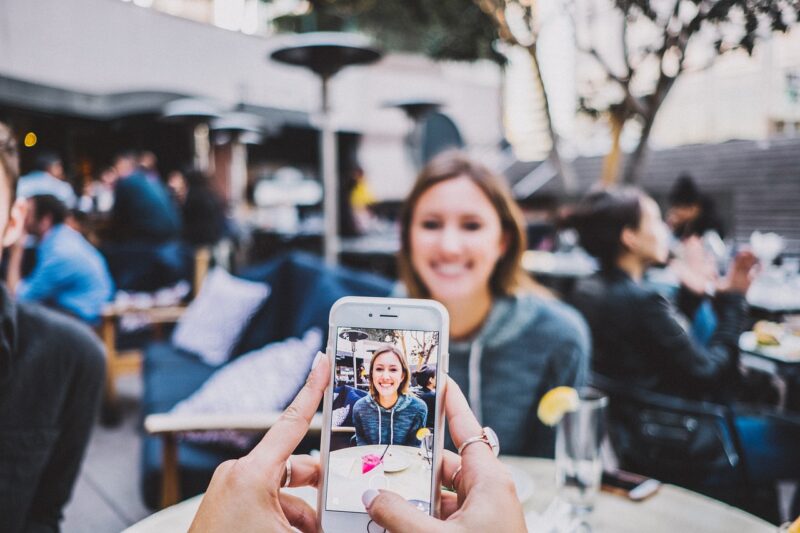The Essential Guide to Picking the Best Phone Camera: Megapixels, Aperture, and Beyond
November 14, 2024

In the era of smartphones, the camera has become one of the most critical features users consider when choosing a device. With countless options available, it can be overwhelming to discern which phone camera will best meet your needs. This guide aims to shed light on the key specifications and features that play crucial roles in determining the quality of smartphone cameras, helping you make an informed decision before your next purchase.
1. Understanding Megapixels: More Isn’t Always Better
One of the first specifications that come to mind when discussing phone cameras is megapixels. While a higher megapixel count can lead to more detailed images, it isn’t the sole factor in image quality. Here’s what you need to know:
- What are Megapixels? A megapixel (MP) is equivalent to one million pixels. For example, a 12 MP camera can produce images with a resolution of approximately 4000 x 3000 pixels.
- Resolution vs. Image Quality: While more megapixels can provide greater detail, other factors like sensor size and lens quality also significantly affect image quality. For instance, a 12 MP camera with a large sensor can often produce better images than a 20 MP camera with a smaller sensor.
- Practical Megapixel Needs: For most casual users, a camera between 12-16 MP is typically sufficient for social media sharing, printing up to 8×10 inches, and everyday usage.
Understanding the role of megapixels is essential but remember that they shouldn’t be the sole focal point when choosing a phone camera.
2. Aperture: Letting the Light In
The aperture of a camera plays a crucial role in determining how much light is captured. A lower f-number indicates a larger aperture, allowing more light to enter the camera, which can significantly influence photo quality.
- What is Aperture? Aperture is expressed in f-stops (e.g., f/1.8, f/2.2). A lower f-stop number indicates a wider aperture, which is advantageous in low-light conditions.
- Depth of Field: A wider aperture can create a shallow depth of field, allowing you to capture beautifully blurred backgrounds (bokeh effect) while keeping your subject in focus. This feature is increasingly popular for portraits and creative photography.
- Low-Light Performance: Phones with larger apertures (like f/1.6) can perform significantly better in low-light situations compared to those with smaller apertures.
When looking for the best phone camera, pay attention to its aperture capabilities, especially if you intend to shoot in varied lighting conditions.
3. Sensor Size Matters
The size of the camera sensor plays a crucial role in how well a phone captures images, especially in challenging environments. Here’s what you need to know about sensor size:
- Why Sensor Size is Key: Larger sensors can capture more light, resulting in better image quality, especially in low-light situations. As a general rule, larger sensors produce clearer, sharper images with less noise.
- Comparing Common Sensor Sizes: Common camera sensor sizes include 1/2.55, 1/2.4, etc. The larger the denominator, the bigger the sensor. Phones with 1/2.5 inch sensors or larger are generally preferable for improved image quality.
- Balancing Size and Megapixels: A large sensor with fewer megapixels can outperform a high megapixel count with a small sensor when it comes to capturing high-quality images.
In summary, when choosing a phone, consider both the megapixel count and the size of the camera sensor to achieve the best results.
4. Additional Features That Boost Camera Quality
As you compare phone cameras, several advanced features can contribute to overall photo quality. Here are some of the notable ones:
- Image Stabilization: Optical Image Stabilization (OIS) will reduce blurriness caused by shaky hands. Phones with OIS can produce sharper images, especially in low-light settings or when recording video.
- Software Processing: Smart image processing capabilities like HDR (High Dynamic Range) and AI enhancements can improve photo quality. These features help adjust exposure and balance colors, making your images pop.
- Multiple Lenses: Many modern smartphones come equipped with multiple camera lenses (wide, ultra-wide, and telephoto) that provide versatility and allow for more creative shots.
- Selfie Cameras: Don’t forget about the front-facing camera. Look for quality specifications similar to the rear camera to ensure good selfies.
These features, while secondary, can significantly impact your photography experience and overall satisfaction with your device.
5. The Importance of Real-World Testing
Despite examining specifications, personal preferences can significantly dictate which smartphone’s camera performs best for you. Thus, it’s essential to explore the device through:
- In-Store Testing: If possible, test the camera in-store. Take photos in various lighting conditions to get a true sense of the image quality.
- Check Sample Images Online: Look for online reviews featuring sample images taken with the camera. This can provide insight into how it handles different scenarios.
- Seek User Reviews: User feedback can be invaluable. Websites focused on tech reviews or photography forums may offer additional information about real-world performance.
Remember, what works for one person may not work for another. Taking the time to test and evaluate a phone’s camera can lead to a more satisfying purchase.
Conclusion: Choose Wisely
Choosing the right smartphone camera involves analyzing specifications like megapixels, aperture, and sensor size, alongside advanced features and real-world testing. By understanding these factors, you can make a sound decision that aligns with your photography needs—be it casual snapshots, social media sharing, or professional-grade images. Take your time in exploring various options, and soon you’ll find a phone camera that not only meets your expectations but exceeds them.
Investing in a smartphone with a quality camera can enhance your ability to capture beautiful moments and improve your overall mobile photography experience. Prepare yourself to embark on your next photographic adventure with confidence!







